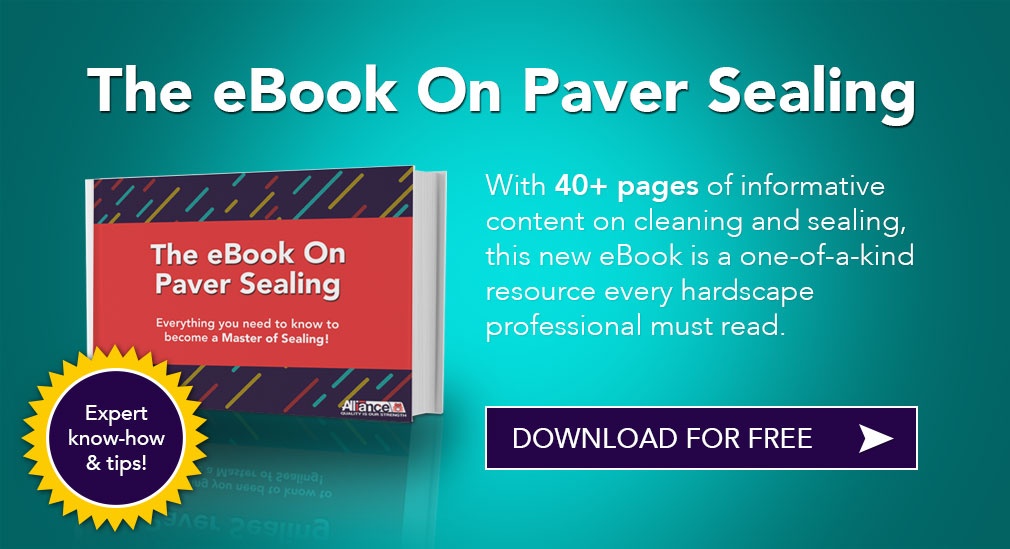HOW TO FIX COMMON SEALER ISSUES
Over the past two weeks, we’ve been diving deep into the discussion of sealers. In this week’s post, we’re going to share a few expert tips on how to potentially fix some of the most common sealer issues we see on job sites.
Photo Credit: homebnc.com/best-outdoor-fire-pit-designs-decor-ideas
Mistakes on sealer jobs are easy to make yet not so easy to correct. While the extent of damage truly needs to be assessed on a case by case basis, here are a few fixes that might save you from having to strip the job.
Time
Sealers will wear and age with time. For example, roller marks or streaks from uneven application that are prominent upon completing a job will most likely dissipate after being subjected to the elements and normal wear and tear. However, if time is not on your side, you may want to consider this next fix…
Xylene
Xylene can be used to re-emulsify the existing coating of sealer in order to repair issues such as roller marks, streaks, a plastic-like appearance, or white spots. A product like Gatorene will work anytime on a solvent-based acrylic sealer. If a water-based acrylic was used, you have a 24-48 hour window after applying the sealer to attempt your repairs with Xylene. Depending on the severity of the problem, it may require saturation, aggressive scrubbing, and repeated applications to re-emulsify the sealer.
Efflorescence Cleaner
Depending on the type of sealer used, an efflorescence cleaner may be able to remove excess sealer that shouldn’t be on the surface. We recommend Gator Efflorescence Cleaner when trying to remove an excess of any of these Gator products: Signature Series Natural Stone Sealer + Color Enhancer, Natural Look Sealer, or Wetcast Natural Look Sealer.
Important Note: Efflorescence cleaner will not work on any type of cured acrylic sealer.
Pressure Washing
Using a hot pressure washer is another possible way to remove excess sealer from a surface. It will generally work to remove an excess of these Gator products: Signature Series Natural Stone Sealer + Color Enhancer, Natural Look Sealer, or Wetcast Natural Look Sealer.
If a water-based sealer was used, pressure washing is only an option if the sealer hasn’t dried. Another important thing to note is that pressure washing will not remove efflorescence. In fact, it will end up making it worse!
Resealer
Using a resealer may help to rejuvenate existing water-based or solvent-based coatings. Our Gator brand Resealer can also be used to repair solvent-based sealer applications and some water-based applications.
Important: If an excessive amount of sealer was used, a product like Gatorene should be used; not Resealer!
As we mentioned above, the best approach to handling sealer problems is dealing with them on a case by case basis. There is not a one-size-fits-all solution to fixing issues (unfortunately). And there are some sealer issues that cannot be fixed at all. These include:
Stains or Efflorescence Trapped Underneath Sealer
Dirt, stains, or efflorescence trapped under a film-forming sealer cannot be removed without removing the coating first. (Hence the EXTREME importance of properly prepping your job site first. For tips on how to do this, read: 4 Things To Do Before Sealing Your Pavers.)
In rare instances, cleaning may work on a penetrating (non-film-forming) sealer but it also may not ... so clean first!
Cured Water-based Acrylics
After 48 hours, there are next to no alternatives for repairing or correcting mistakes made with a water-based acrylic sealer. A product like Gatorene is generally ineffective. And while Resealer or a solvent-based sealer may mask the issue, it also may not. The only real option is to strip the sealer and start from scratch (sorry to be the bearer of bad news).
Excessive Moisture Problems
If your sealed surface turned hazy or white, it’s most likely due to excessive moisture. If the problem is ongoing, any fix will only be temporary.
There is a lot to know when it comes to sealers. Brush up on your knowledge by downloading a free copy of our Sealing Gone Wrong SlideShare. It covers topics like:
- Reasons For Sealer Issues
- How To Fix Sealing Jobs Gone Wrong
- Sealing Preparation Tips
Click here to download yours now!
Looking for a fast and easy online resource that covers all of your questions about sealing concrete pavers? Click here!


